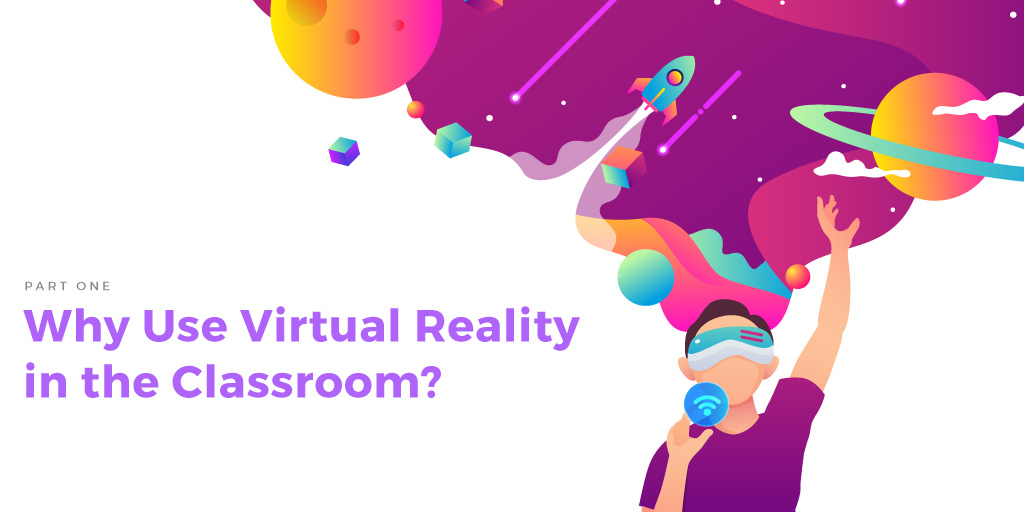Professional learning is not only a huge investment for a school district, it’s also a great opportunity for teachers to grow in their profession. Because it’s such a critical part of improving the educational experience for our students, we are looking at how to make it most effective for our teachers. In the first two parts of this series, we covered issues with professional learning and how to make learning more timely for teachers. In this third part of the series, we’ll focus on the implementation portion of any professional learning. We hope to answer the question of how teachers can practice and implement the new strategy in the most effective way.
Kelly Bielefeld

Recent Posts
Professional Learning That Works Part Three: Practice Opportunities for Teachers
Professional Learning That Works Part Two: Timely Learning
Topics: Educational influencers, tips for teachers
We often hear educational experts harp on teachers that times have changed, tools of changed, and students have changed. The conclusion drawn is that teachers and classrooms also need to change. While I agree with the sentiment in some ways, I find it ironic that many of those people who are preaching this from the mountain tops also never really model that behavior.
The sit-and-get full-day workshop is the traditional professional learning model that, in many ways, is much like the traditional classroom. We know that adults don't necessarily learn best in this format, but it’s what we see most of the time.
Topics: tips for teachers
Using Virtual Reality in the Classroom Part Two: How to Get Started
As I discussed in the first part of this series, there are many great reasons to get started with virtual reality in your classroom. The immersive experience is like nothing else—to me, it really feels like futuristic technology in our students' hands. Engagement skyrockets when we have the VR goggles out.
There are numerous teaching tools and instructional strategies to go along with this experience that are easy for teachers to access. While on a VR tour, teachers can prompt students to look at different landmarks or details of the environment. There are both self-guided student experiences as well as others that the teacher leads the students through, depending on the objectives of the lesson.
Topics: tips for teachers, STEM
Over the past five years, many school districts—including the one where I work—have transitioned from iPads to Chromebooks. There are some advantages to having done this, but there are also some drawbacks. Many of the decisions in making this change have hinged on money and the cost difference between a Chromebook and an iPad. When it comes to most decisions that involve cost, we get what we pay for. In moving away from the Apple iOS to Google, we found that we lost some options for teachers displaying from their screen.
Topics: Education Technology
Using Virtual Reality Part One: Why Use VR in the Classroom?
Topics: Education Technology
When we discuss STEM classes and content, by their very nature, we are talking about multiple cross-curricular concepts. Engineering is math and math leads to technology, which requires science, which is what engineers study, and so on and so forth. So why should we consider how STEM concepts can branch out even further into our classrooms?
Topics: STEM
A friend of mine recently posted on Facebook that he was looking for a life change. He wanted a new start in a new place with a new career. He just threw it out there for people to tell him what they thought about his future plans.
Of course, there were some funny and non-serious comments, but there was also a wide variety of serious suggestions. From stand-up comic to running a small business, the ideas were very wide and diverse. My question to him was, “Why not teach?”
Topics: education industry, tips for teachers











